After many months of anticipation, the departure date for our trip to the North Pole aboard Le Commandant Charcot finally had arrived. We would be flying from Seattle to Paris, spending a day there, then taking a charter flight the following morning to Svalbard, where we would board the ship.
Packing for the trip was a little involved in that we needed clothes including polar gear for outdoor excursions, cocktail attire for various evening events (the cruise operator Ponant requests formal attire for some events), “smart casual” for the remainder of the time on board (again, requested by the cruise operator), and comfortable clothes for day trips in hot Paris at the start of the cruise and colder Iceland at the end. With everything we’d need spread out in our bedroom, it didn’t look like we could possibly fit it into our suitcases, but we found a way. For this trip we brought two LL Bean rolling duffel bags and a Travelpro rolling garment bag.
We’ve been successfully using Timeshifter app to avoid jetlag, and in the picture below aboard the Paris Charles de Gaulle airport train are wearing recommended sunglasses to help adjust our circadian rhythm to the new time zone. Our flight to Paris arrived early in the morning, so we would spend the day touring parts of the city we’d not visited on our previous trip in 2018. After dropping off our bags at our airport hotel, we purchased day passes for the Paris transit system and set off for Gard du Nord.
From Gare du Nord we walked about 20 minutes to reach the hilltop district of Montmarte. The area is most known for the 19th-century Basilica of the Sacred Heart, and for being an artist’s haven. The Basilica of the Sacred Heart is the most visited site in Paris, with 10 million visitors per year, compared to 6 million for the Eiffel Tower.
The basilica sits atop Montmarte Hill and its white domes are visible throughout the city. Montmarte was a separate village until annexed by Paris in 1860, and retains much of the atmosphere from that period. Shortly after the annexation, Montmarte’s low rents and beautiful light attracted many artists, including Renoir, Monet, Van Gogh and Picasso. The artistic theme continues to this day, with countless street artists drawing portraits along the cobblestone streets.
Before exploring Montmarte in detail, we stopped for lunch at Le Poulbot. The restaurant and its street are named after the artist Francisque Poulbot, who lived for most of his life at Monrtmarte. We had a delicious charcuterie plate for lunch streetside, and really enjoyed the stop.
After lunch we toured the Basilica of the Sacred Heart. Admission to the church is free, and a long queue had formed out front. But it moved surprisingly quickly and we were inside in about 10 minutes. For a small fee, visitors can climb the 300 steps to the top of the dome. After the Eiffel Tower, it’s the second highest point in Paris (advantaged by being on a hill), and has sweeping views over all the city.
After visiting the dome, we toured the spectacular interior of the Basilica. Over the apse ceiling is a mosaic measuring 5,112 sq ft (475 sq m), the largest in France and one of the largest in the world. Surrounding the apse and along either side of the main entrance are a series of 11 ornate chapels, many with beautiful stained-glass windows. The organ was created in 1898, the last instrument built by renowned Parisian organ-builder Aristide Cavaille-Coll. Both organ and basilica were designated as national landmarks.
Our next stop was nearby Saint-Pierre Church, built in the middle ages and one of the oldest churches in Paris. According to legend, it was founded in the third century by Saint Denis, the first Christian bishop of Paris in Roman times. Saint Denis was beheaded in a religious purge and is said to have calmly carried his severed head to his burial place, an act depicted in several statues throughout Montmarte. The graveyard adjacent to the church, Calvary Cemetery, is the oldest in Paris and is open only on special occasions.
Montmarte is full of cafes with street-side seating, and we passed many as we walked through the area, including the historic La Consulat frequented by artists such as Picasso, Van Gogh, and Monet. The cobblestone streets are narrow and winding, and we were amazed to see a full-sized city bus work through them.
We’d been following the excellent Montmarte walking tour itinerary given at World in Paris: Travel Tips by Locals, and continued the route after visiting the Basilica and Saint-Pierre Church. Rue Cortot was once home to some of France’s preeminent artists including Renoir and Poulbot (the namesake of our lunch restaurant).
Le Lapin Agile was a restaurant turned cabaret frequented by the Bohemian residents of Montmartre, including Picasso, Renoir and Van Gogh. In the 16th century, Montmarte was planted with vineyards, and the Montmarte Vineyard is one of the few remaining. Place Dalida is named after the famous French pop singer who lived in Montmartre and sold an amazing 170 million records. A sign next to her lifesize bust asks people not to touch the sculpture, but it doesn’t seem to have had much effect.
The 17th-century Moulin of the Blute-Fin, is one of two surviving windmills at Montmartre, used to grind wheat, press grapes, and crush factory materials. The last stop was Place Marcel-Aymé, named after the author of the book Le Passe-Muraille about a Montmarte civil servant who developed the power to walk through walls. The story is depicted in a sculpture of the same name in the plaza.
From Montmarte, we took a rush-hour train south to Montparnasse Tower. Completed in 1973, the 59-floor tower is the tallest building in Paris at 688 ft (210 m), and the city’s only skyscraper. From the platform atop the tower, the views to the city are amazing. We spent ages there taking it all in.
Our final stop of the day was an excellent meal at the famous La Closerie des Lilas restaurant. Opened in 1847 as a simple brasserie, the establishment evolved into a more expensive gourmet restaurant over the years. Small brass plates attached to some of the tables are engraved with the name of the authors and artists who frequented the café, such as Ernest Hemingway, Pablo Picasso, Oscar Wilde, Scott Fitzgerald and Samuel Becket. Contemporary regulars include Mick Jagger, Johnny Depp and Emir Kusturica. Our phones and backup battery were all getting quite low after a day of picture-taking, and we were lucky to have a table near a power socket.
Our route to to Marblemount is shown on the interactive map below. Click here for a full-page map.
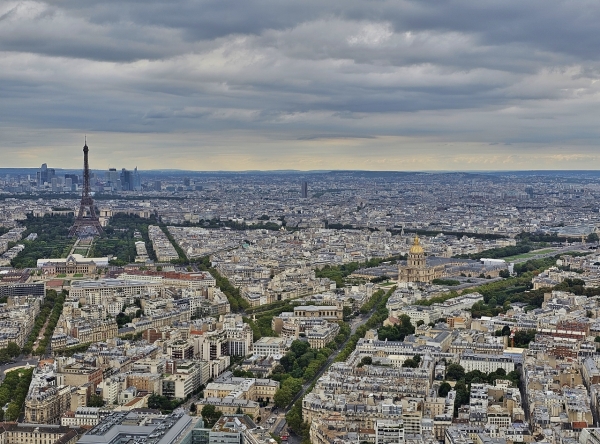

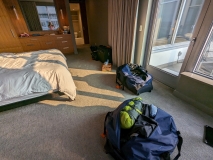
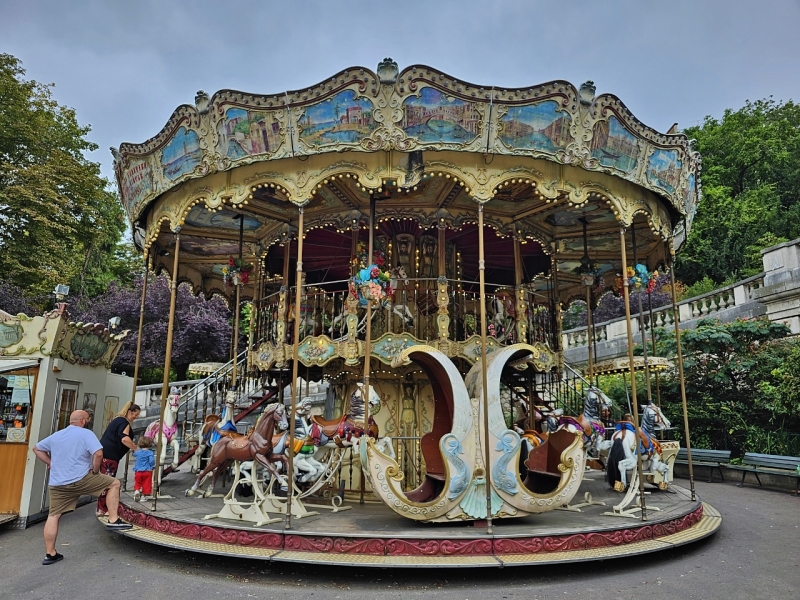
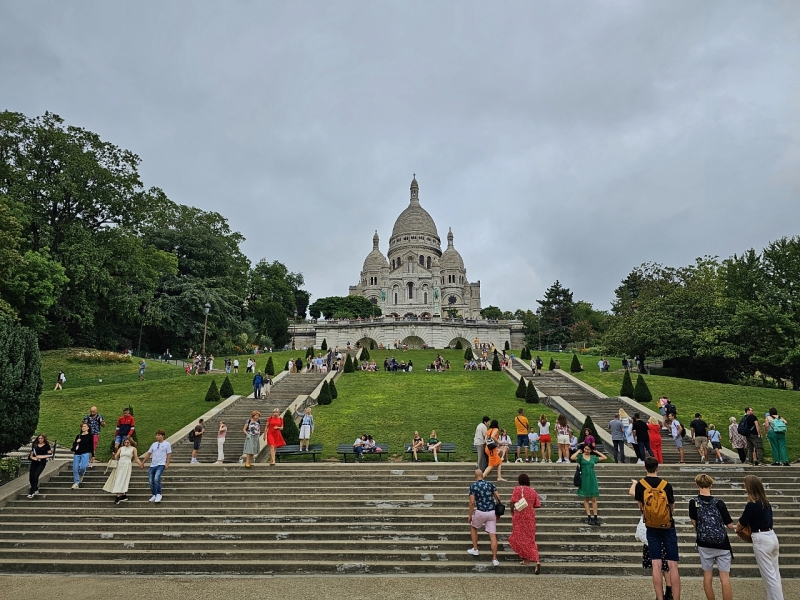
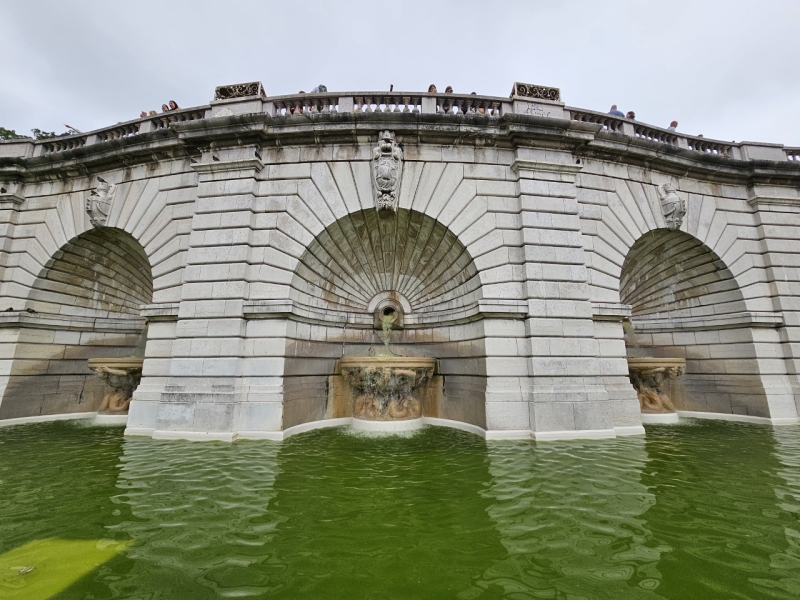

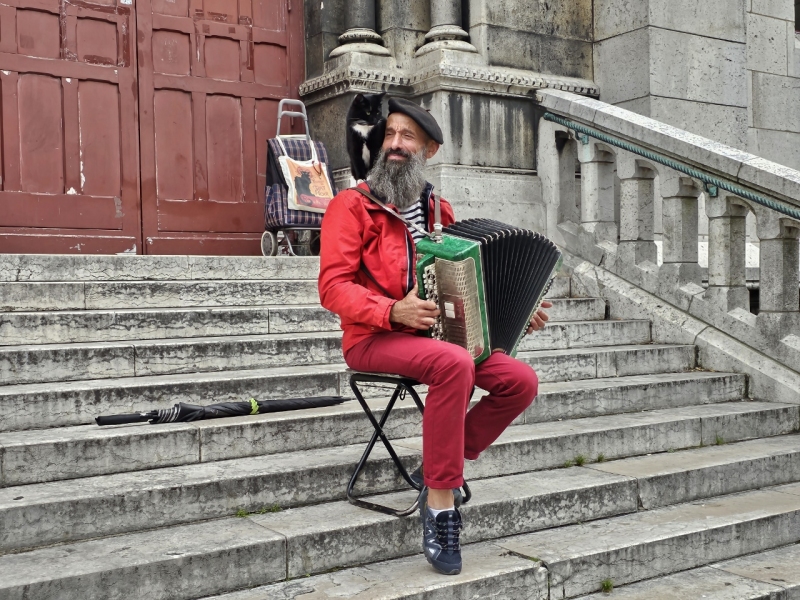
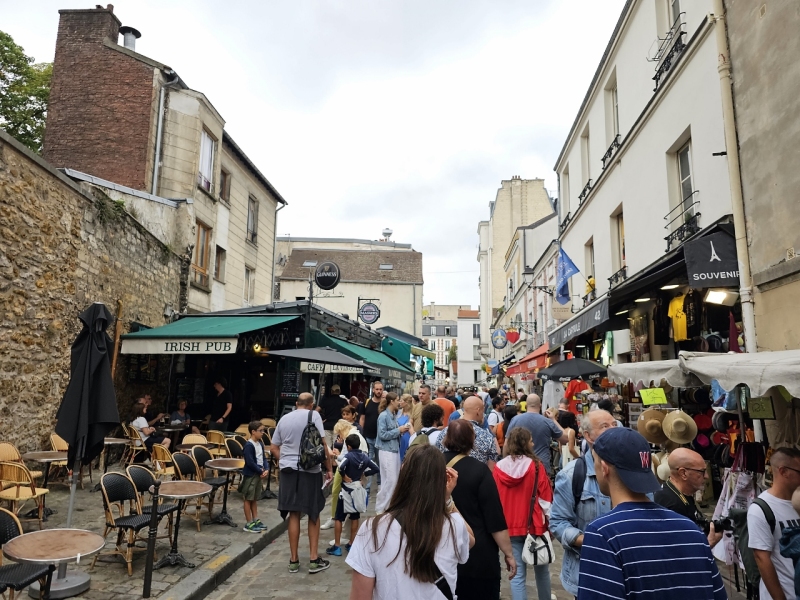
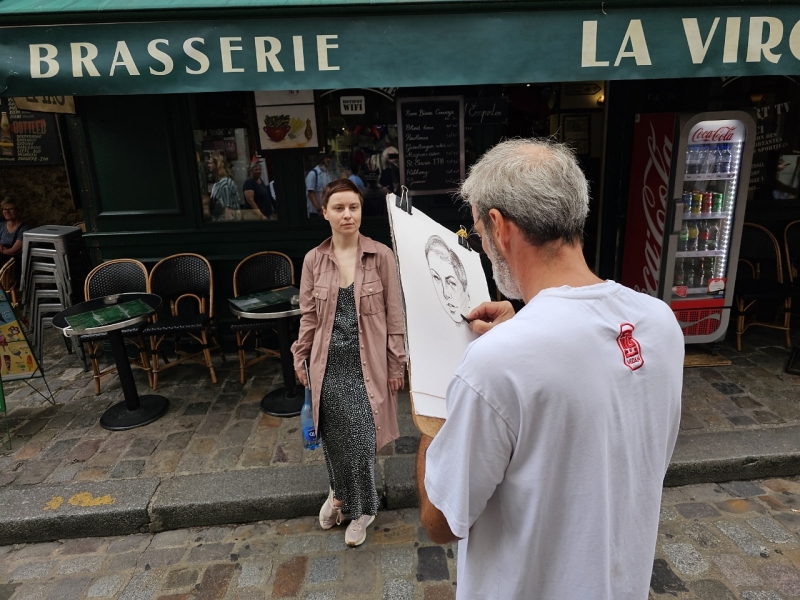
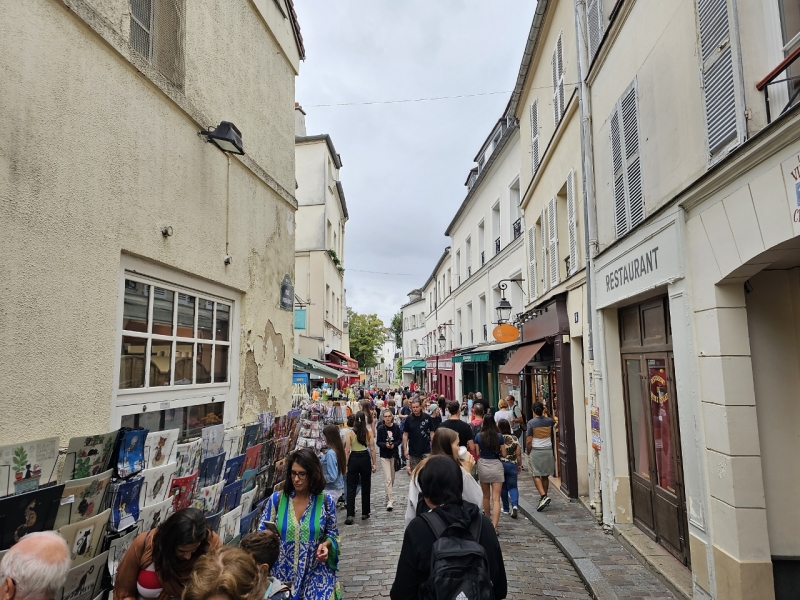
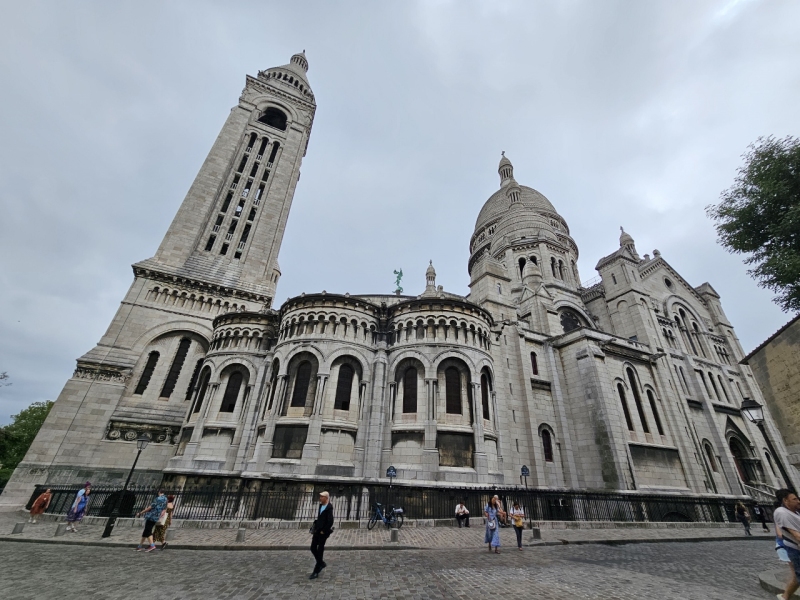
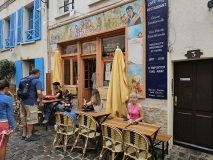
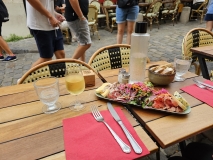
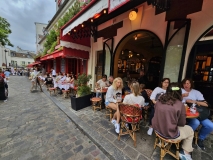
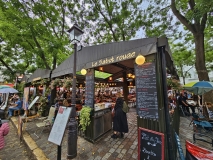
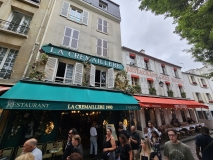
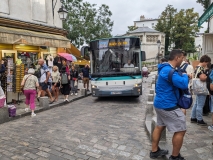
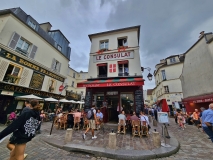
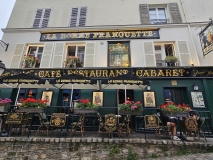
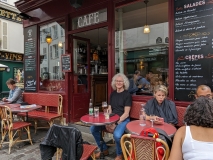

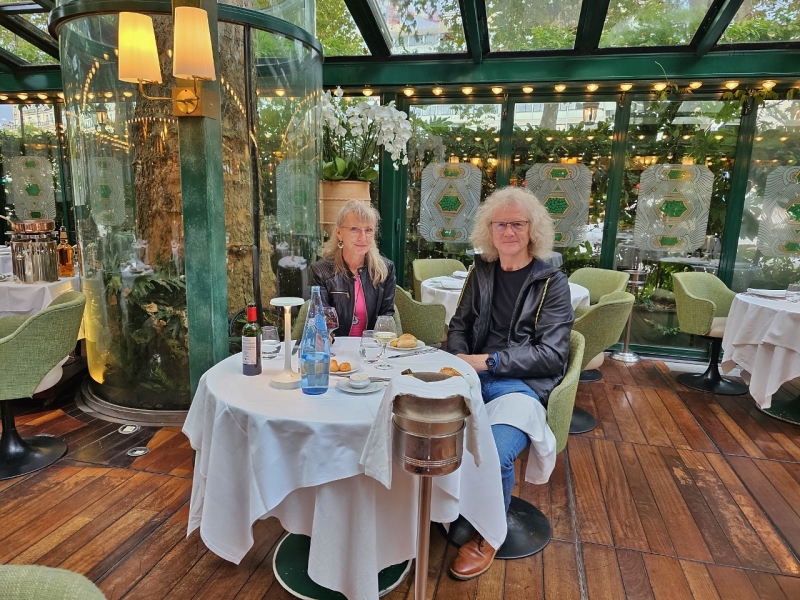

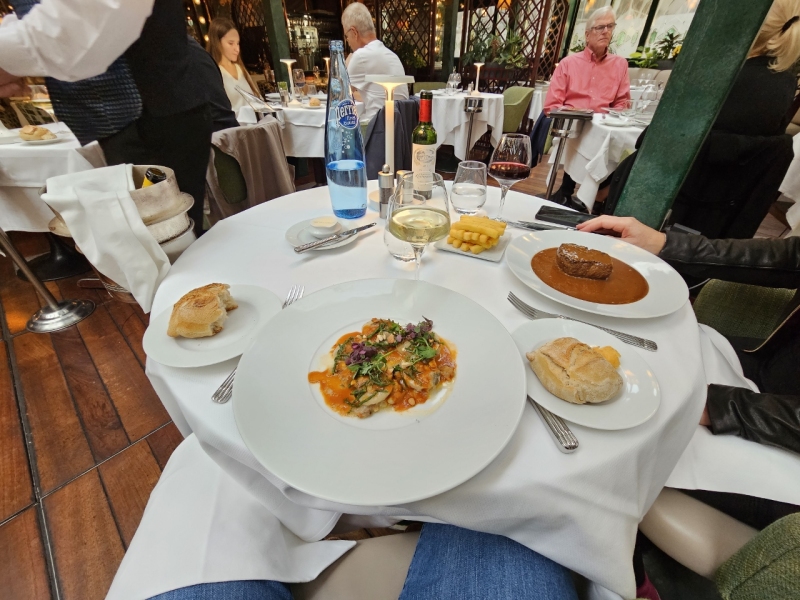

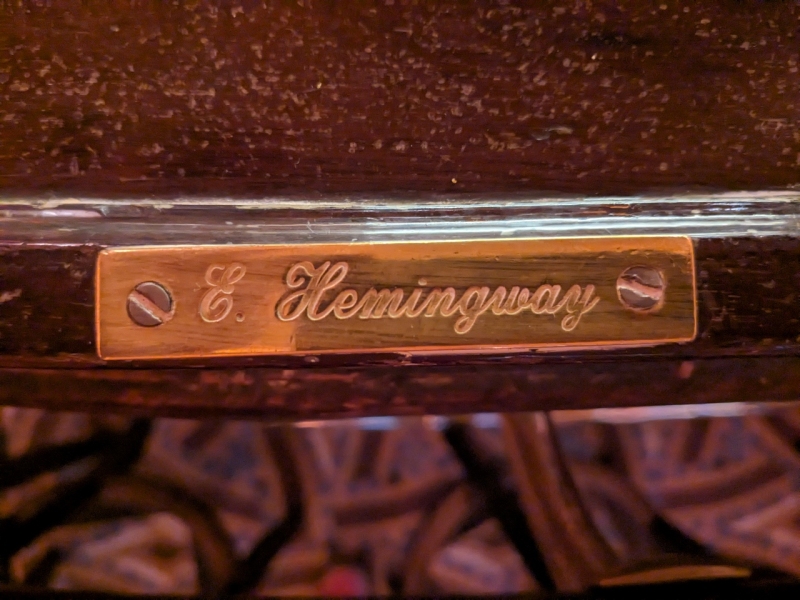
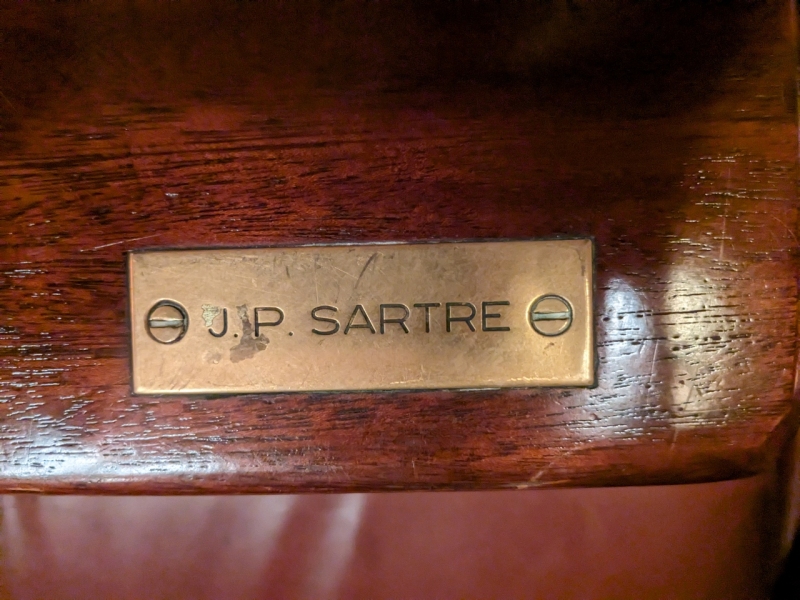
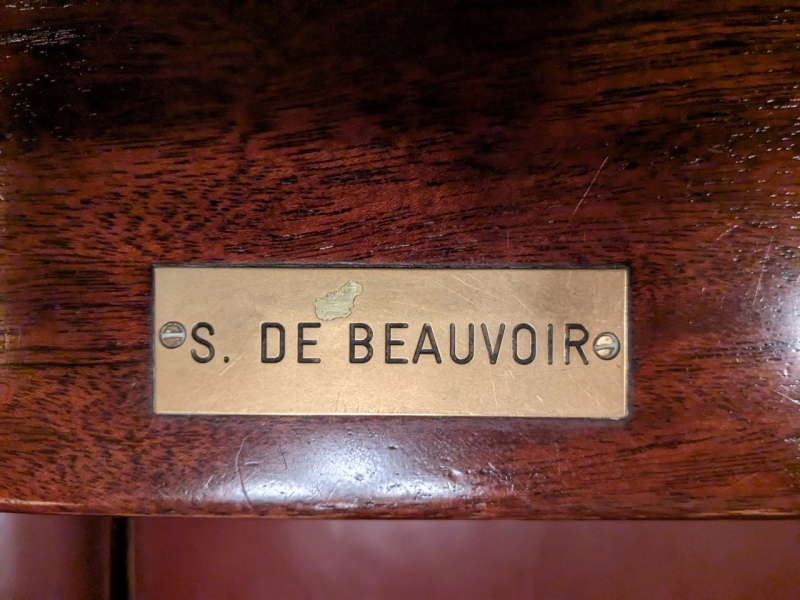
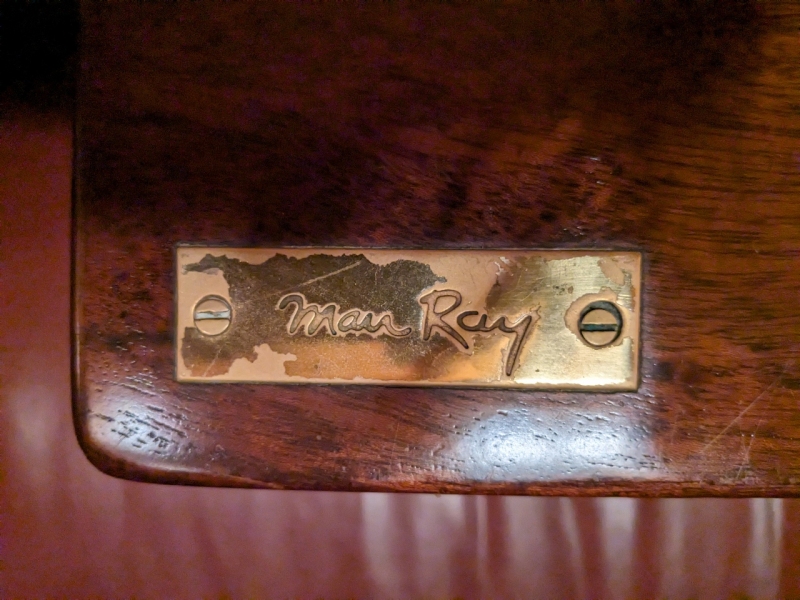
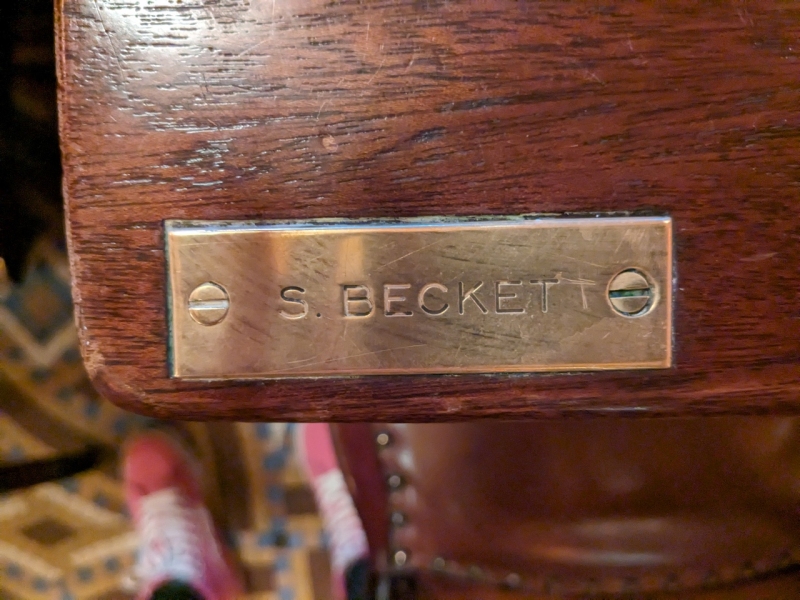
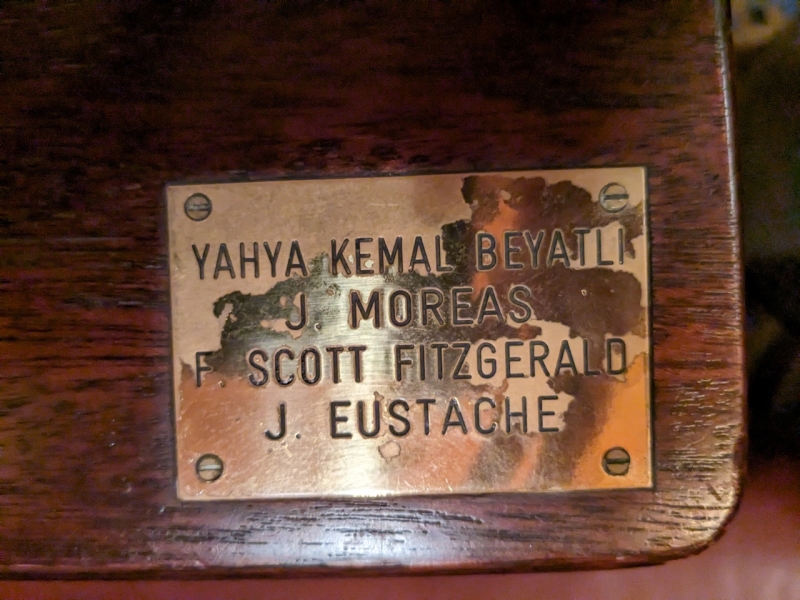
If your comment doesn't show up right away, send us email and we'll dredge it out of the spam filter.